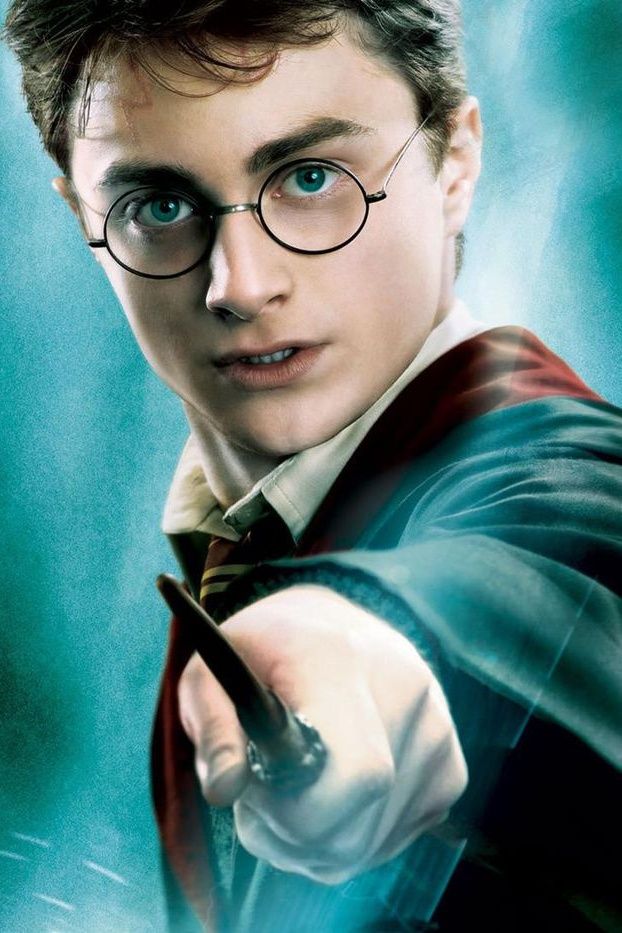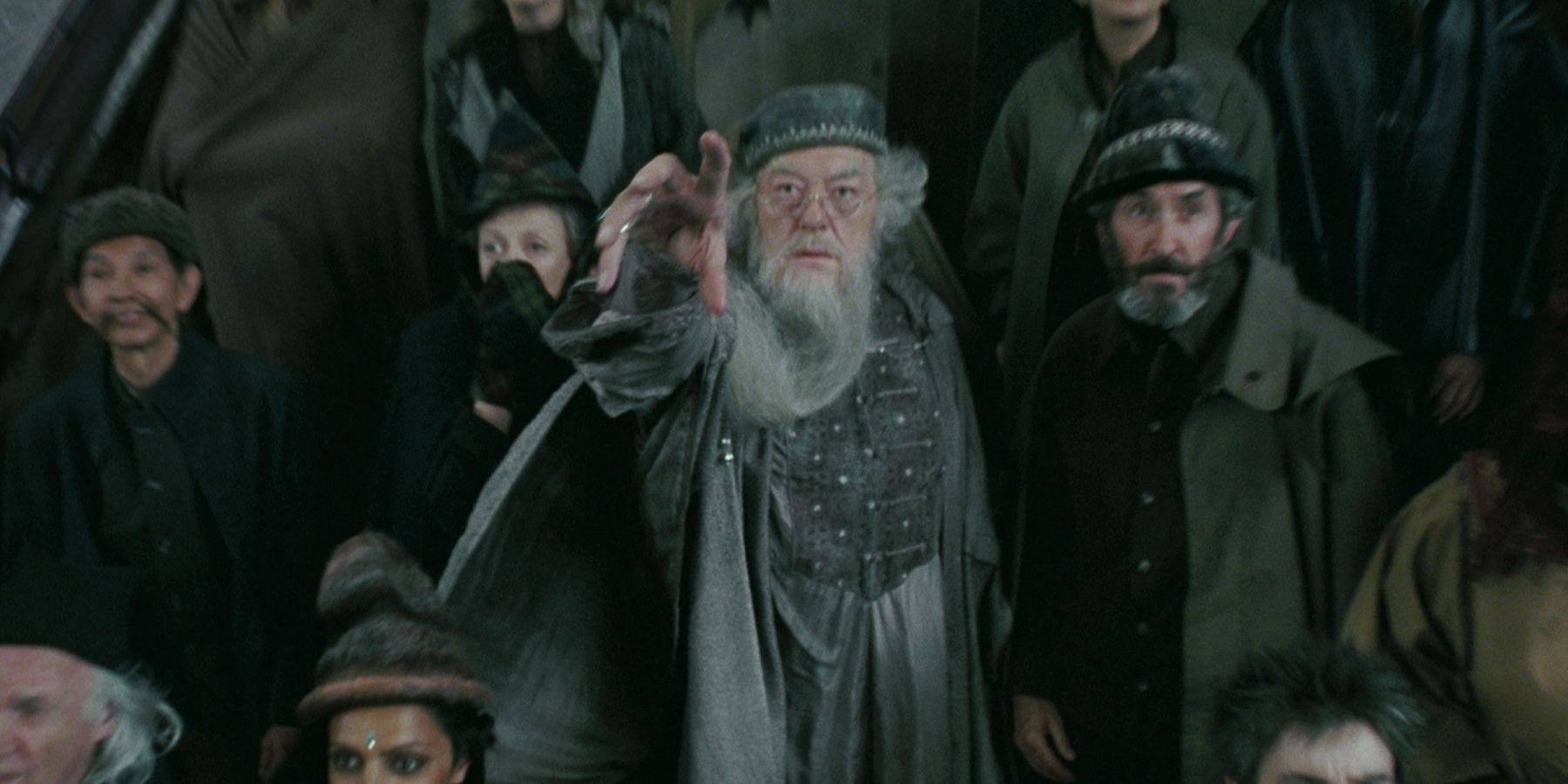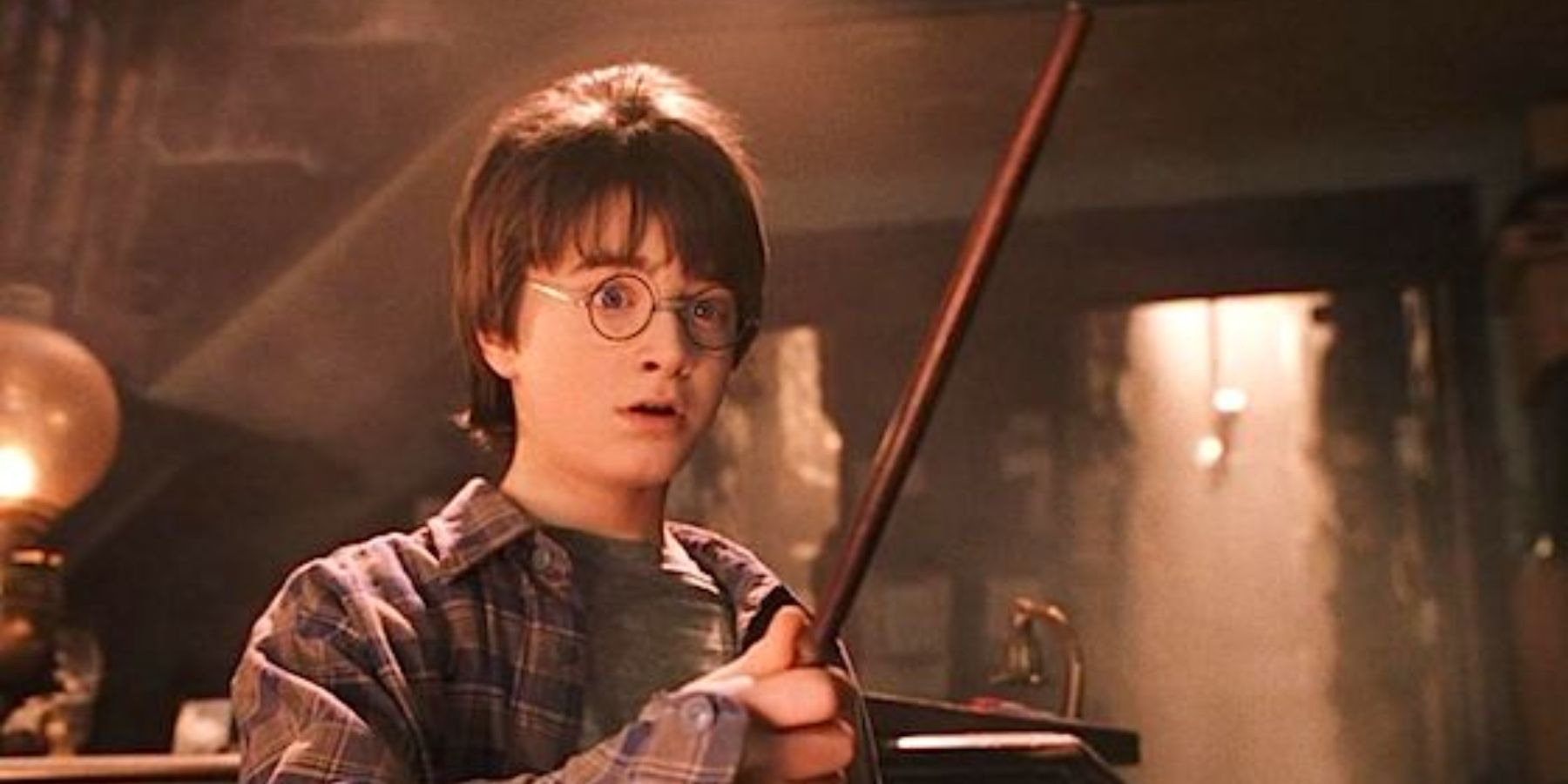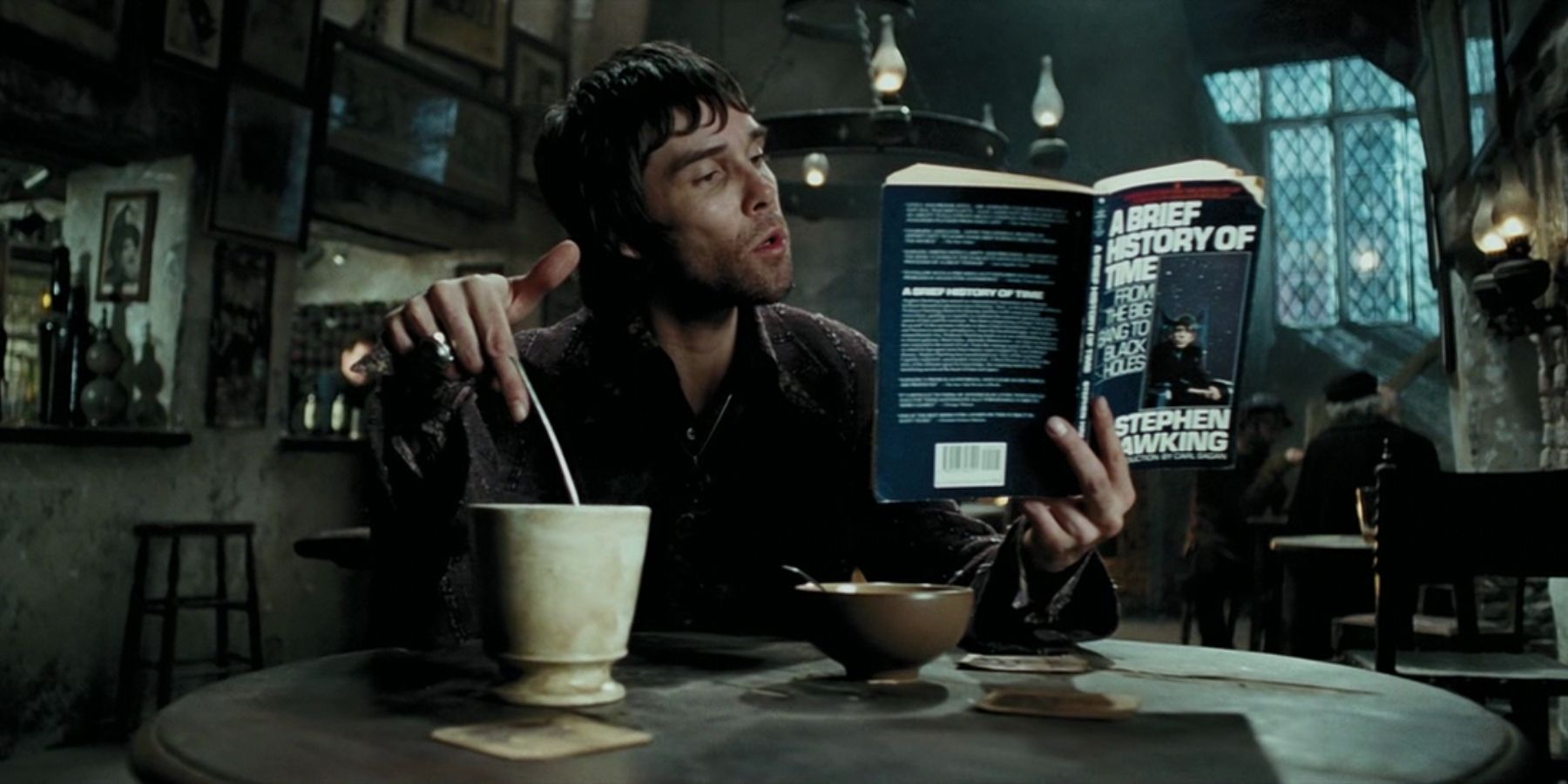Highlights
- Wandless magic challenges the idea that a wand is a wizard's most important companion, showing that magic is something wizards are born with.
- Wands make it easier for wizards to cast complex spells and escape dangerous situations, amplifying their innate magic.
- Wandless magic is rare and difficult to perform, requiring great skill and discipline. It can have unexpected consequences and is not taught at Hogwarts due to the risk of illegal magic being traced.
Wands have become synonymous with magic in Harry Potter. Although there are multiple magical artifacts in the wizarding world that don’t require the use of a wand, such as brooms, potions, and time-turners, in dangerous situations, wizards are seemingly helpless if they do not have their wands in hand. However, there were several moments during the series in which wizards are seen performing magic without the use of one. And that’s where the concept of wandless magic comes in. A rare but powerful ability, this type of magic challenges the notion that a wand is a wizard’s most important companion.
It is common for other creatures, such as house-elves and goblins, to be seen performing magic and never using wands or even casting spells, but it is very rare to witness a wizard doing the same. When wizards and witches are young in the Harry Potter universe, the main tell in order to know whether they are magical or not, is, evidently, their ability to perform magic. This magic is always wandless, since they haven’t gotten their first wand yet, and albeit uncontrolled. However, with this information, it is proven that a wizard’s ability to perform magic is not through a wand, but rather the magic is something they’re born with. So why isn’t wandless magic seen more often throughout the series? What exactly is the point of wands?
Why Do Wizards Need Wands?
It has become some sort of a tradition in Harry Potter for a young wizard or witch to visit Ollivander’s and get their first wand after they receive their Hogwarts letter. But in reality, wizards have the ability to do magic at any given moment, the majority of them just aren’t able to, since it is a very challenging thing to master. The introduction of wands has made it a lot easier for wizards to cast more complex spells and be able to escape dangerous situations. Wands are used to amplify a wizard’s innate magic, and with the right commands, spells are performed. J.K. Rowling has stated that wands are a European invention, and they are used to channel the magic in order to make it more effective.
The magic wand originated in Europe. Wands channel magic so as to make its effects both more precise and more powerful, although it is generally held to be a mark of the very greatest witches and wizards that they have also been able to produce wandless magic of a very high quality. As the Native American Animagi and potion-makers demonstrated, wandless magic can attain great complexity, but Charms and Transfiguration are very difficult without one.
Throughout history, wizards have become accustomed to using wands and have become quite reliable on them. Wandless magic is a lot more complex. It is extremely difficult to perform, and it can have unexpected and even dangerous consequences if not done properly. More than an innate talent, the ability to do magic without a wand requires great skill and discipline.
At least in Europe, where Harry Potter takes place, it is forbidden to perform magic in front of Muggles or while underage. Every wand is unique, and they consist of a core that carries the essence of a magical creature, and wood that enhances a wizard's abilities. So, if illegal magic is performed, it is easy to trace its source, which wouldn’t be the case if a wandless spell was cast instead. This is also important to note as it is one of the reasons wandless magic isn’t taught at Hogwarts. However, there are many regions in the wizarding world where this is not the case, and the practice of wandless magic is far more common, with some places even making the use of wands optional. J.K. Rowling has described on X that the use of wandless magic requires a lot more talent.
Yes, nearly all wizards use wands, which makes magic easier to channel. Wandless magic is sophisticated and takes more talent.
Known Uses of Wandless Magic in Harry Potter
Wandless magic is most common amongst young wizards as they begin to discover their magical abilities, where children have no control over their own magic but are able to perform it unintentionally, usually when they are upset or in danger. This is known as Accidental Wandless Magic. The best example for this kind of wandless magic is when Harry, after unknowingly speaking Parseltongue, accidentally sets a snake free at the zoo during a visit with the Dursleys.
Harry sat up and gasped; the glass front of the boa constrictor's tank had vanished. The great snake was uncoiling itself rapidly, slithering out onto the floor. People throughout the reptile house screamed and started running for the exits.
Albus Dumbledore is perhaps the best-known example of a wizard who has mastered wandless magic, and he is seen performing it on multiple occasions. These moments include changing the banners in the Great Hall of Hogwarts from Slytherin to Gryffindor, saving Harry from falling during a Quidditch match, extinguishing and reigniting candles and lights, and summoning objects to his hand. Tom Riddle, who later became Lord Voldemort, also is seen performing wandless magic multiple times, most notably when he was able to knock Harry to the ground by waving his hand.
Hermione has also proven to be able to perform wandless magic. Most notably, this was seen during The Half-Blood Prince, where she cast the Confundus Charm under her breath during the Quidditch tryouts, to prevent Cormac McLaggen from joining the Gryffindor team, as she had overheard him making rude comments about Ron and Ginny Weasley. She did so successfully and went by unnoticed until Harry figured it out, but it allowed Ron to score and join the team instead.
Other instances of wandless magic can be seen in moments of extreme emotion or stress, such as when Harry summoned his broomstick during the Triwizard Tournament. Some other wizards known to have used wandless magic include Gellert Grindelwald, Queenie Goldstein, Alastor Moody, Barty Crouch Jr., Severus Snape, Filius Flitwick, Minerva McGonagall, Remus Lupin, and Quirinus Quirrell. All these wizards showcase that, while uncommon, wandless magic in Harry Potter can be achieved if a wizard is determined and skilled enough. While it remains a mysterious kind of magic, it proves that a wand is not the absolute necessity it may seem, and it reminds the audience that the true power lies within the wizard and not just their wand.

Harry Potter
When Harry Potter learns that he is a wizard, he enters a world beyond belief. Aside from continuing his studies at Hogwarts with best friends Ron Weasley and Hermione Granger, Harry must also face Voldemort and his dark wizarding forces. The Harry Potter franchise is a worldwide phenomenon, spanning seven books, eight movies, three spinoff movies, a stage play, and numerous video games.
- Created by
- J.K. Rowling
- Where to watch
- HBO Max
- Cast
- Daniel Radcliffe , Emma Watson , Rupert Grint , Alan Rickman , Michael Gambon , Ralph Fiennes , Maggie Smith , Robbie Coltrane






